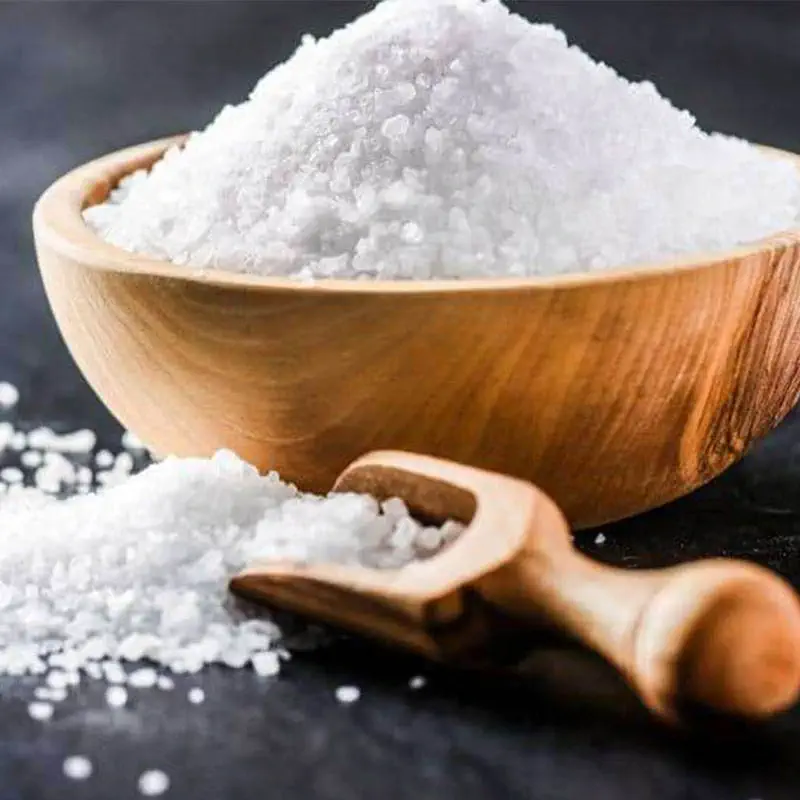
Whatever the season, the expression "salt in the kitchen" is on every Tunisian's lips. Wherever we are in the kitchen or restaurant, a little more salt is called for every time. In today's Technological Chemistry blog, we're trying to find out what a little salt and too much salt means, with the help of the Hanna refractometer and salinometer.
In terms of chemical composition, cooking salt is sodium chloride. Cooking salt content varies up to 3% sea salt and 15% other salts. Salt facilitates the transport of nutrients, oxygen and nerve impulses in the human body.
You can probably understand why salt first appeared in China 4,000 years ago. Sodium chloride was used to preserve fish, and 2500 years later, the same Chinese used salt to preserve soy, the preservative liquid that today goes by the name of soy sauce.
I've heard of it mainly in gourmet kitchens and in new chip formats. As it's called, the origins of this type of mineral lie in the evaporation of seawater. The application of sea salt extends beyond cooking to personal care. The main area of origin is the Mediterranean Sea.
When we think of salinity, we're talking about a concentration of salt levels in a solution, in water, soil or food. Mass concentration is expressed in grams per liter or grams per kilogram.
A salinity quantification technology is theHI98319 salinometer , which uses an amperometric conductivity probe to determine the specific weight of salt water, particularly in aquariums.
In addition to this tester, operated simply with just two buttons, the exposed temperature sensor for rapid response is also highlighted.
If we are moving towards more complex industrial analysis objectives, based on the physical phenomena of light, in the determination of salinity, it is advisable to use the HI96821 digital refractometer to measure sodium chloride in food.
Using total reflection and refraction of light, with a response time of 1.5 seconds, allows readings of natrium chloride concentration in four different ways: g/100 g, g/100 ml, specific weight and °Baume.